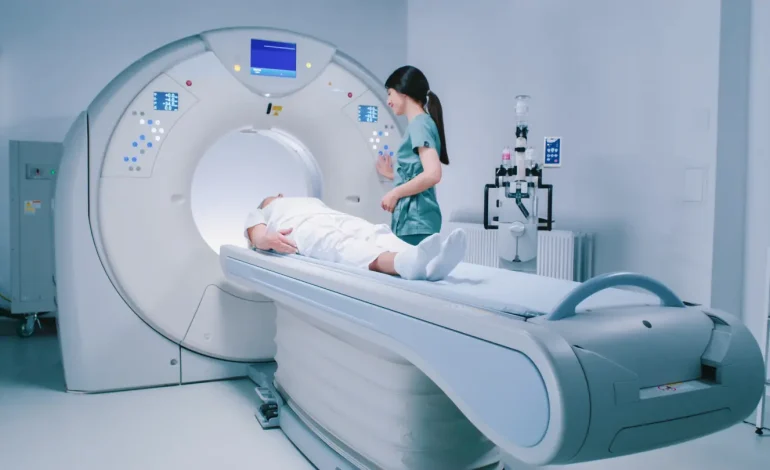New Brain Scan Tool Measures Biological Aging and Flags Dementia Risk Years in Advance

A team of scientists from Duke University, Harvard University, and the University of Otago has developed a pioneering tool that uses a single brain MRI scan to measure how fast a person is aging biologically—and to predict their future risk of developing conditions like dementia years before symptoms appear, New York Post reports.
The tool, named DunedinPACE-NI, is based on decades of data from the Dunedin Study, a long-term health research project in New Zealand that has tracked more than 1,000 individuals born in the early 1970s. Using extensive health records and biological data, researchers trained the tool to estimate a person’s rate of biological aging, independent of their actual age.
“We’ve captured how fast people are aging using data collected in midlife,” said Ahmad Hariri, a professor of psychology and neuroscience at Duke. “It’s helping us predict diagnosis of dementia among people who are much older.”
When tested across diverse populations in the US, UK, Canada, and Latin America, DunedinPACE-NI proved highly effective at identifying early signs of accelerated aging. Participants with higher scores on the tool performed worse on cognitive tests and showed faster shrinkage in the hippocampus, a brain region critical for memory.
Those who aged the fastest according to the tool were found to have a 60% higher risk of developing dementia and were also more prone to age-related conditions such as frailty, heart disease, stroke, and lung disease. They were also 40% more likely to die within the following years than slower-aging individuals.
The tool works by detecting subtle changes in the brain that reflect biological wear and tear, a process distinct from chronological aging. Unlike many predictive models, DunedinPACE-NI has shown consistent results across different racial, economic, and geographic groups, suggesting it captures a fundamental aging process common to all humans.
Hariri believes the tool could help shift how age-related diseases are addressed—moving from reactive treatment to proactive prevention.
“Most dementia drugs are given too late,” he said. “This tool gives us a window to intervene earlier, while the brain is still resilient.”
The research also offers new insights into why people age at different rates, potentially illuminating the roles of sleep quality, mental health, and lifestyle factors.
However, the tool is not yet ready for widespread clinical use. Researchers emphasize the need to develop standardized reference charts similar to those used for height and weight before it can be adopted by general healthcare providers.
With the global population aging rapidly, the demand for earlier detection and better management of chronic diseases is increasing. The World Health Organization projects that by 2050, nearly one in four people will be over 65, doubling today’s senior population. Dementia alone is expected to affect 152.8 million people worldwide by that time.









The latest news in your social feeds
Subscribe to our social media platforms to stay tuned